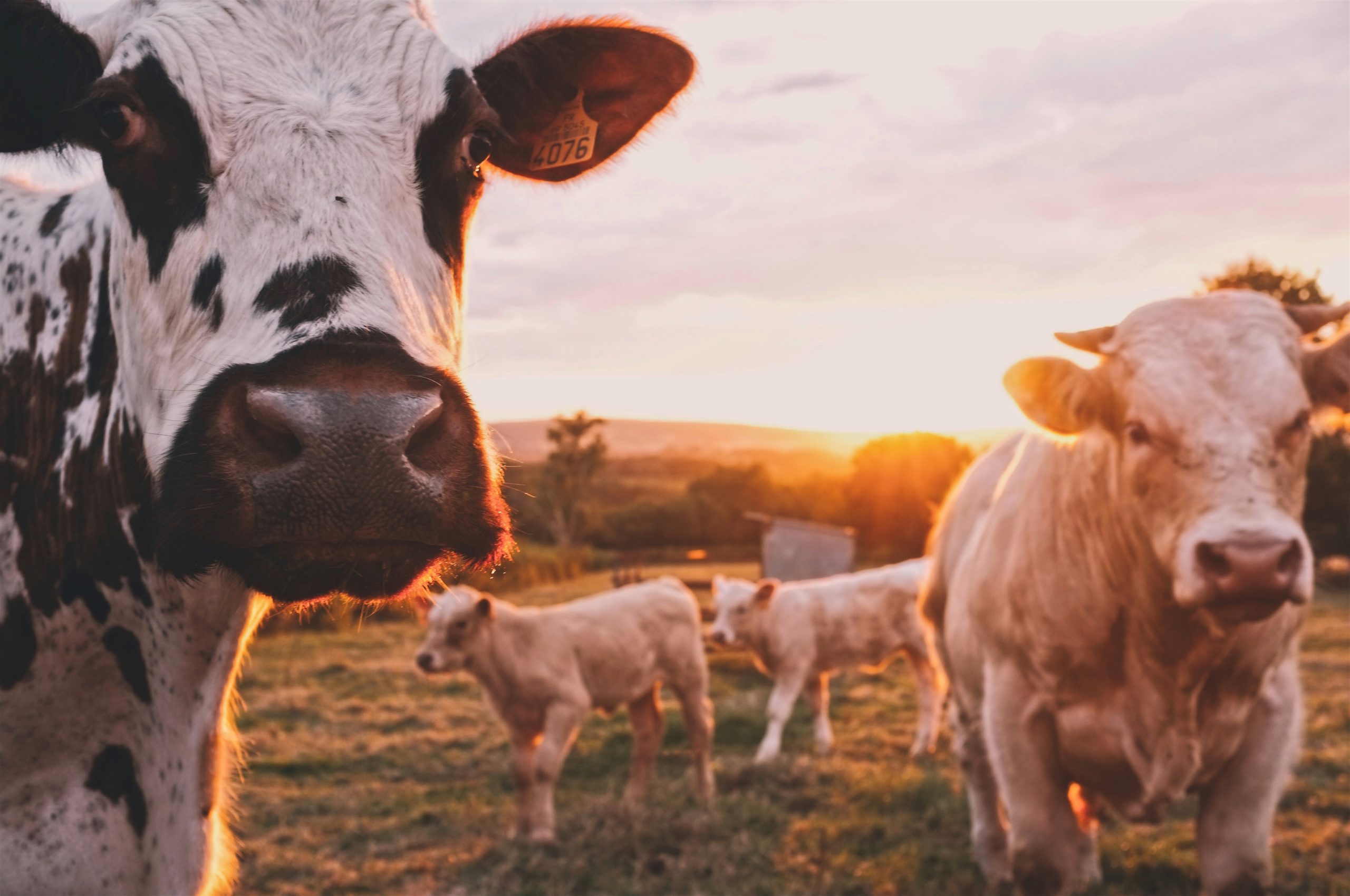Has the rise of intensive farming accelerated the water crisis in Ireland?

A rise in milk production has created an economic boost, but this has had a significant impact on the condition of rivers and estuaries in Ireland.
The river Bride which flows through Cork, Kerry and Waterford has a particular significance. The name Brigid refers to the flame-haired pagan goddess of water and is regarded as a very diverse place, renowned for its clean water and rich biodiversity. In recent years, however, the extent of pollution surrounding the area has all but destroyed the rich aquatic diversity. Residents point out the conditions of the river and the sheer level of pollution evident in the Brigid today.
Environmental experts believe that Ireland is experiencing a water pollution crisis. Industry analysts highlight that a lack of investment in sewage management has resulted in nearly half of urban wastewater treatment plants don’t meet minimum EU standards. The nutrient runoff from Sitka spruce plantations is also believed to be having a negative impact.
Rivers are increasingly polluted with phosphorus and nitrogen, and scientists believe the rise in livestock and fertiliser use, particularly in the more intensive farming regions of southern Ireland are mainly to blame. Last year, findings from the Environmental Protection Agency indicated that the total number of pristine rivers had declined from 575 in the 1980s to a record low of just 20 today.
Industry members suggest the Blackwater catchment represents the problem. Located at the core of dairy country, this region has experienced a significant rise in milk production due to government policy towards intensification after the removal of EU milk quotas. Dairy businesses worldwide have seen rising profits from the expansion, but some scientists are concerned at the associated impact it is having on water quality.
Ken Irvine, professor of aquatic ecosystems in the Delft Institute in the Netherlands says he has a lot of admiration for farmers and those particularly with smallholdings but believes an intensification approach isn’t the solution to protecting and restoring water quality. Professor Irvine, who has spent years studying water quality in Ireland, believes more needs to be done to tackle the environmental problems in the nation.
Ireland was struggling financially when the government introduced the export-led intensification plan, Food and Harvest 2020. Back in 2010 when Ireland’s credit rating was downgraded, the government released a plan to improve the economy, transforming the country into a global leader in food production. Key representatives from the agricultural sector were involved in creating an expansion plan, with millions of public investment allocated towards funding the scheme.
Within the government strategy, milk production would rise by 50%, and thousands of new jobs were promised. Farmers were instructed to increase their sizes and focus on a monoculture of ryegrass as a low-cost alternative feed for their cattle. Studies indicate that ryegrass will not grow well without additional fertiliser. The strategy included a promise to value and protect the environment, yet over the years, plans have not displayed this. Alan Lauder, the only environmentalist present on the committee responsible for the plan explained that this was a chance to create a more sustainable way of doing things for farmers.
More case studies are emerging that points to rising water pollution and deteriorating conditions across Ireland. In Courtmacsherry, evidence of green algae-enriched tides is associated with the expanding dairy farming in the region, according to researchers at the National University of Ireland, Galway. Scientists explain that dairy herds have increased dramatically and Courtmacsherry is known as one of the most intensively farmed areas in Ireland. Scientists can measure nitrogen and phosphorus levels in the water and see that intensive agriculture is contributing to algal blooms. Similar patterns are emerging in the Blackwater estuary, and people are working harder to remove nutrients from the water to maintain a balance between agronomic and environmental gains.
Since 2010, the levels of carbon dioxide, nitrogen and ammonia from agriculture have increased considerably, and the number of dairy cows has risen by 400,000 in the last five years. Dan Ryan, a beef and dairy scientist, involved in agri-food research, believes the numbers are too high and believe there is a clear impact on water quality from these changes. Ryan believes the environmental consequences from dairy expansion are not acceptable and points to smaller farms being replaced with large-scale dairy production as a significant concern.
Scientists at the Trinity College Dublin suggested that aside from nutrient pollution, antibiotics linked to veterinary medicine from large scale poultry farms have been found in groundwater systems. Over a quarter of Ireland’s drinking water supply comes from groundwater, and so there are concerns this could have on human health.
Many farmers are trying to adapt and move from the intensification model and maintain more control over their farming methods. Many dairy farmers recognise the need to focus on an ecological approach for future farming, and some projects show it is possible to restore life to the farmland and river while continuing to profit. Thanks to these farmers, there is the potential that areas like Bride and the Blackwater may return to their original form, but for now, there is a lot of work that needs to be done to improve the existing water quality across Ireland.